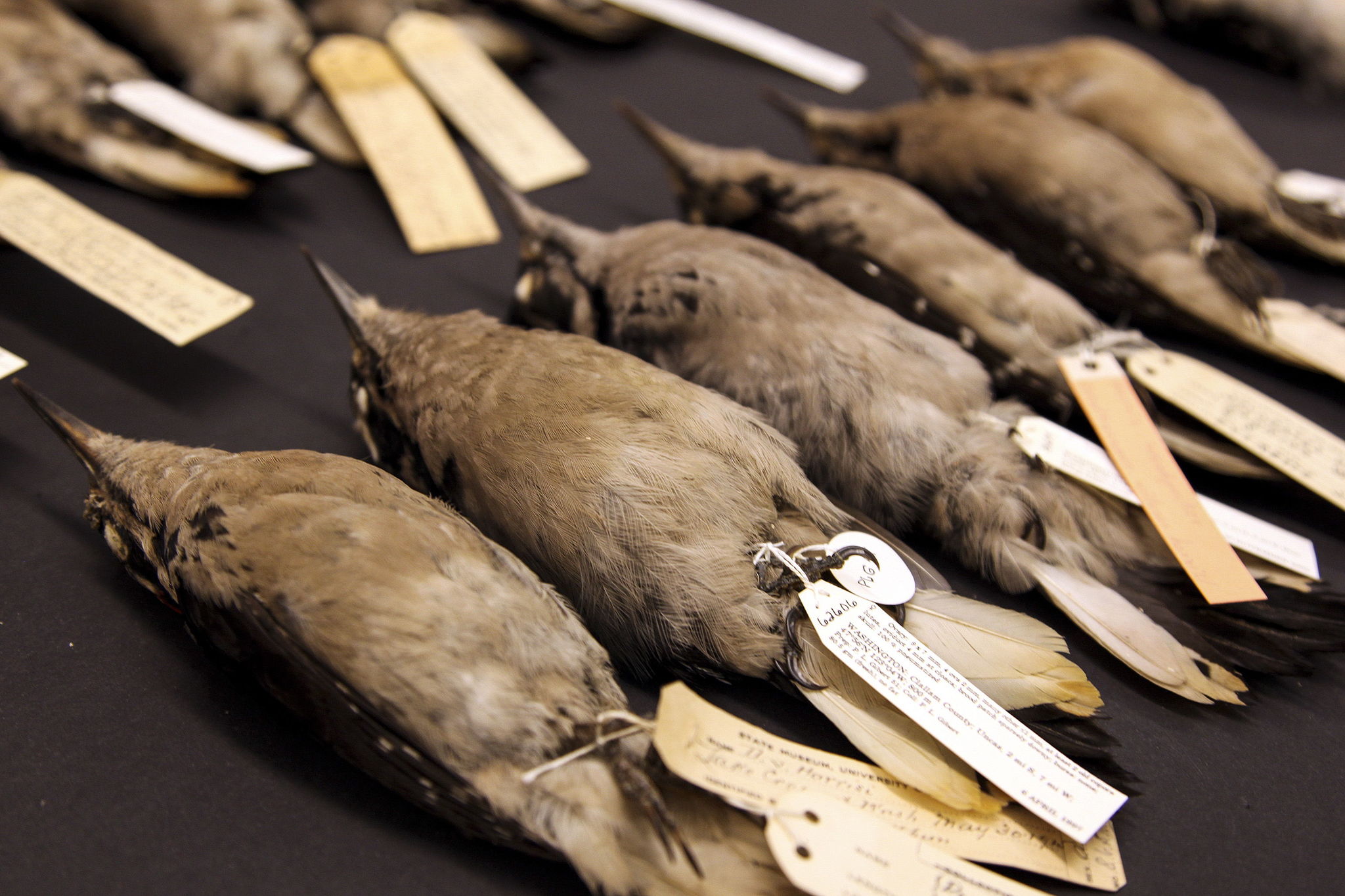Four High School Naturalists Founded The Burke Museum

When four high school students founded the Young Naturalists Society in Seattle they had no way of knowing that they were germinating one of the finest natural history museums in the world.
When the club was formed in 1879, Seattle was a heavily wooded, and lightly populated, town in what the rest of the country thought of as the middle of nowhere. It might have been an unlikely setting, but in 1861 Seattle’s American settlers had established a territorial university and by the time Edmond S. Meany, J. O. Young, P. Brooks Randolph, and Charles Denny founded the Society they knew they’d be attending the university when they finished high school.
While they were attending university, many of the natural artifacts they collected were used for biology classes. When biologist Orson "Bug" Johnson joined the teaching staff, he also brought his collection of 20,000 natural specimens of, as his nickname implies, bugs. He led the Young Naturalists Society and merged his collection with the existing local collection, expanding both to provide students with the opportunity to understand parts of the natural world they might not otherwise notice.
In 1899, twenty-five years after the boys founded the club, it’s growing collection of biological specimens and artifacts were formally donated to form the basis of the Washington State Museum. Today, the museum, now called The Burke Museum and also known as the Washington State Museum of Natural History and Culture, houses over 16 million artifacts from around the region and the world.
When they began collecting bugs, fathers and leaves from their natural surroundings, Edmond, J.O, Brooks, and Charles couldn’t have known that their studies would one day be part of a collection that’s available to students and the general public on a daily basis.
Four students who were curious and willing to share their research with fellow college students and the general public were true social visionaries and had a lasting impact on their world.